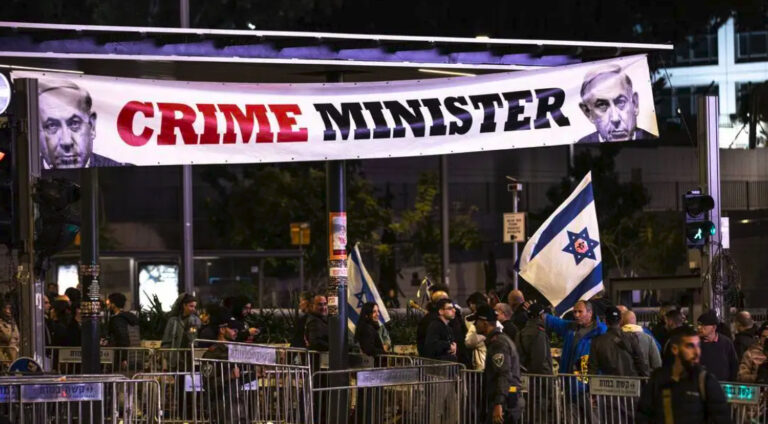
STRATEGIC ASSESSMENT. April 19, 1995, was one of the most devastating days in U.S. history, with the anniversary serving as a painful reminder of the all too real threat posed by domestic terrorism, far-right extremists, and white supremacists. On that fateful day, Timothy McVeigh, an Army veteran who was connected to the far-right movement in the United States, detonated a truck bomb made from agricultural fertilizer, diesel fuel, and other chemicals outside of the Alfred P. Murrah Federal Building in Oklahoma City, OK, killing 168 people, including 19 children. More than 850 people were wounded. An estimated 5,400 pounds of ammonium nitrate were used to construct the bomb. The attack, which remains the deadliest act of domestic terrorism in American history, was planned to coincide with the second anniversary of the siege at Waco, which McVeigh was present for. As historian Kathleen Belew discusses in her book, Bringing the War Home, McVeigh watched the end of the Waco siege “with tears streaming down his face,” clearly a moment that furthered his anti-government radicalization and commitment to conduct an unforgettable act of domestic terrorism. McVeigh is often incorrectly described as a lone wolf when, in fact, he had assistance constructing the bomb, and moreover, he emerged from the broader white power movement. McVeigh regularly consumed and distributed literature related to firearms, tax resistance, white supremacy, and antigovernment sentiment.
One of the reasons for McVeigh’s twisted legacy is due to the phenomenon of accelerationism, which is among the most inherently violent and dangerous ideologies currently circulating in the global white supremacist extremist movement. According to accelerationists, a race war is not only inevitable but desirable and something its adherents seek to bring about. It is also, according to their worldview, the only means of achieving white power through the downfall of current systems of government. In large part, accelerationists’ beliefs have been shaped by James Mason’s Siege, which draws on Charles Manson, Adolf Hitler, and prominent American neo-Nazi William Pierce, author of The Turner Diaries, a novel about the coming race war and a book that McVeigh was obsessed with. Accelerationists organize themselves to facilitate these attacks, following the principles of “leaderless resistance” and calling on individuals or small cells to perpetrate revolutionary acts of violence without centralized leadership. Atomwaffen Division, a neo-Nazi accelerationist group, but also groups like The Base, Feuerkrieg Division, Sonnenkrieg Division, and others, have continued to promote the concept of “leaderless resistance” and have gone to great lengths to grow their networks globally.
The far-right movement in the United States has evolved considerably since the Oklahoma City attack. While the U.S. government siege of Ruby Ridge (1992) and Waco (1993) remained a rallying cry for anti-government extremists, many see the January 6, 2021 insurrection as serving a similar purpose, galvanizing a range of militia movements, conspiracy theorists, and racially and ethnically motivated violent extremists (REMVE), including the Oath Keepers, Three Percenters, and QAnon followers. McVeigh, who spent a lot of his time listening to so-called “Patriot radio” talk shows, radicalized over time as his beliefs hardened and he grew determined to attack the U.S. government. In many ways, he has developed into a cult hero for some members of the far-right. Brandon Russell, one of the Atomwaffen Division, kept a framed picture of McVeigh on his dresser, which authorities found when they arrested Russell on explosives charges for possessing an unregistered destructive device and for unlawful storage of explosive material. Many of the conspiracies and tropes that McVeigh believed in and promoted—including the existence of a “New World Order,” remain popular tropes in REMVE and anti-government circles to this day.
With the U.S. presidential election approaching later this year, numerous experts have expressed deep concern about the potential for extremist violence around the election. Many of the deep-seated grievances, including anti-government sentiment, conspiracy theories, and election denialism, that contributed to the January 6, 2021, insurrection are still present, and issues such as migration at the U.S. southern border, aid to Ukraine and Israel, and economic instability have continued to be political flashpoints and divisive among the American public. As some of these political tensions and issues have begun to defy the right/left political binary, the risk of political violence might not necessarily be confined to one ideological side. According to Council on Foreign Relations Research Fellow Jacob Ware, “[w]hile the risk of far-right election-related violence is greater, the possibility of far-left extremist violence cannot be dismissed.” With less than eight months until the November 2024 U.S. Presidential election, concerns continue to grow over the potential for political violence and domestic terrorism, especially as politicians continue to resort to violent rhetoric and circulate conspiracy theories and disinformation related to migrants and “the Great Replacement” theory, a concept that was included in the manifestos of several high-profile far-right extremists who went on to conduct severe acts of violence.





